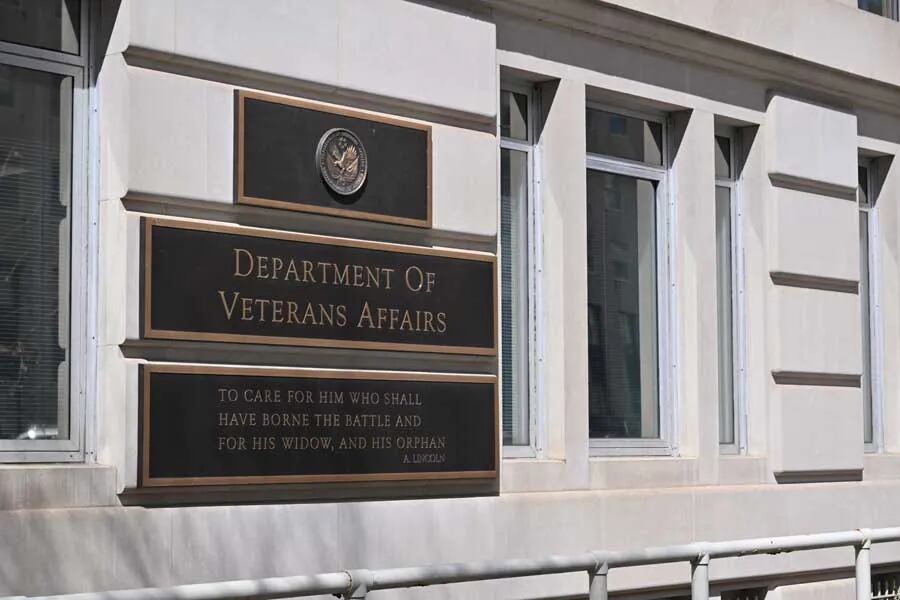The Defense Health Agency in 2020 will continue its expansive takeover of military hospitals and clinics, an effort jump-started in 2017 to standardize management and administration of the military health system.
The plan initially was to take four years. But in June, DHA officials shortened the timeline “to reduce the amount of duplicative management” by the services and DHA. In October, DHA added all military treatment facilities in the continental United States to the eight it had been overseeing since 2018.
DHA Director Rear Adm. Raquel Bono, now retired, said in April that the management changes won’t be evident to patients, and they will continue to receive the “same high quality, trusted care they have come to know.”
But patients are likely to see fewer uniforms at military hospitals. The services have drafted plans to cut thousands of uniformed medical billets, and Bono said DHA is considering hiring more civilians, using contract staff or relying more heavily on Tricare networks to provide care for system’s eight million patients who don’t wear uniforms.
Lawmakers now aren’t so sure about the pace of transition they initiated. While developing the fiscal 2020 defense funding bill, senators said they were “dismayed with the lack of detail and timeliness of information” about the transition, while members of the House chided the Pentagon for failing to articulate its plan. They also expressed concern that the Defense Department has been funneling money from the military treatment facilities to pay for contracted care.
In 2020, DHA will continue its reforms. Plans are underway to establish 21 “markets” to manage military treatment facilities located in the same geographic areas, and 74 hospitals and clinics in Europe and the Indo-Pacific region will begin their transition to DHA.
Patricia Kime is a senior writer covering military and veterans health care, medicine and personnel issues.





